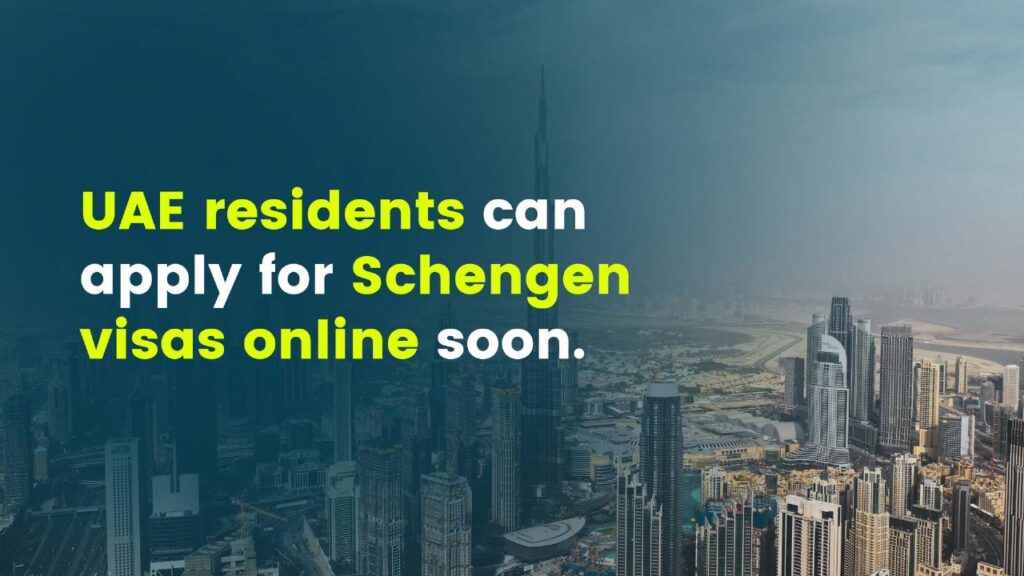The European Union is taking steps towards digitalizing the Schengen visa process, a move that will simplify the process for UAE residents wishing to travel to Schengen countries. Rather than waiting in long queues and submitting their passports for processing, UAE residents will soon be able to apply for visas online, significantly reducing the hassle of obtaining a visa.
The EU member states ambassadors recently agreed on the Council’s negotiating mandate for a proposal to digitize the visa procedure. The proposal introduces the possibility of applying for a visa online and replaces the current visa sticker with a digital visa. The goal is to make the visa application procedure more efficient and improve the security of the Schengen area.
Maria Malmer Stenergard, the Swedish Minister for Migration, has expressed her support for the initiative, saying that a digital Schengen visa will make it easier for legitimate travellers to apply, while at the same time enhancing the safety of the Schengen area. Online applications will reduce the number of trips to consulates for travellers and make the process smoother for national administrations. Moreover, the digital visa will put an end to the risk of falsification and theft of the visa sticker.
VFS Global, a company that provides visa processing services for most EU and Schengen governments, has acknowledged the EU’s plans to digitize the visa application process. The company expressed its willingness to work with these governments to support them on their transformation journey.
Tour operators have also welcomed the move, saying that it will be a great step towards promoting Europe as a destination for UAE residents. The digitization of the visa application process will make it easier for tourists to travel to the 27 EU countries, as it is sometimes difficult to get an appointment for the visa application, and submitting the passport to agencies and waiting for the visa stamp is also an inconvenience.
Residents in the UAE have welcomed the digitization of the visa process, and they have said that it will make it easier for them to travel to the EU. With summer around the corner, applying for visas online will be a great step, as digitization and a simple online checklist could save a lot of time.
Under the proposed new rules, visas will be issued in digital format, as a 2D barcode that is cryptographically signed. This will reduce security risks related to counterfeit and stolen visa stickers. The proposed new rules will create a visa application platform, where all applications for Schengen visas will be made. Applicants will be able to introduce all relevant data, upload electronic copies of their travel- and supporting documents, and pay their visa fees.
Applicants will also be notified of the decisions concerning their visas via the platform. In-person appearances at the consulate will only be necessary for first-time applicants, persons whose biometric data are no longer valid, and those with a new travel document. When a person intends to visit several Schengen countries, the platform will automatically determine which one of them is responsible for examining the application based on the duration of stay. However, the applicant will also have the possibility to indicate whether the application needs to be processed by a specific member state according to the purpose of travel.
In conclusion, the digitization of the Schengen visa process is a positive step forward for UAE residents and the tourism industry. It will make it easier and more convenient for UAE residents to obtain visas to travel to the EU. The new digital visa system will also reduce the risks associated with counterfeit and stolen visa stickers, making the Schengen area more secure. Overall, this move will enhance the appeal of Europe as a destination for UAE residents, and it will be interesting to see how the digitization of the visa process evolves in the coming years.



